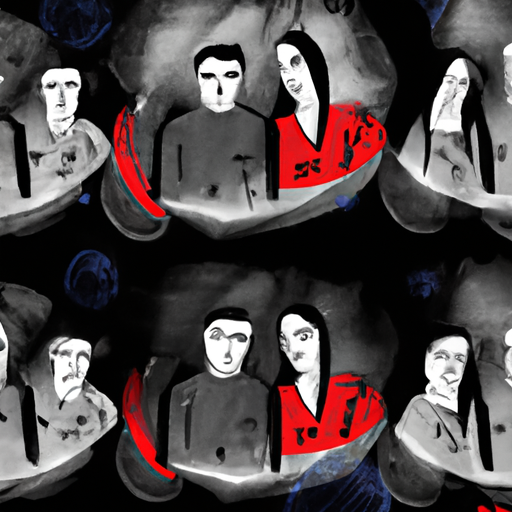Understanding the Canadian Opioid Crisis Through the Lens of First Nations Communities
A Glimpse into the Severity of the Opioid Crisis in Canada
Hi there, today, we delve deeper into an important facet of the Canadian drug crisis that often goes unnoticed—the impact on indigenous and First Nations communities. We’ll do this through the examination of a recent article published in APTN National News (Aboriginal Peoples Television Network).
First Nations Leaders and the Opioid Crisis
The article highlights the growing frustration that some First Nations leaders harbor against Canadian politician Pierre Poilievre. They claim that there is a clear lack of understanding and empathy from Poilievre, as well as other Canadian leaders and society at large, about the effects of the opioid crisis on their communities.
The Reality of the Opioid Crisis on First Nations Ground
It’s essential to understand that the opioid crisis in Canada is not evenly experienced. The effects are much more pronounced amongst indigenous populations. People from these communities are disproportionately likely to experience opioid addictions, homelessness, and crime.
Key Points in the Article
- Frustration from First Nations leaders about lack of understanding and empathy from Canadian politicians and society.
- Staggering statistics about the impact of the opioid crisis on indigenous communities.
- Efforts taken by some communities to combat the crisis.
- Naloxone distribution and its importance in emergency situations.
Efforts to Combat the Crisis
Despite the lack of support, some First Nation communities have taken matters into their own hands. They have started distributing naloxone, a life-saving drug that can quickly reverse the effects of an opioid overdose, in their communities. While these are crucial steps in addressing the opioid crisis locally, larger systemic changes are necessary to truly confront the issue.
The Opioid Class Action Lawsuit
The blog also refers to the opioid class action lawsuit—Canada’s way of trying to hold opioid manufacturers accountable for their contributing role in the crisis. It’s an important step towards justice, but, again, there still seems to be a lack of empathy and understanding towards First Nations communities and their unique struggles.
Opioid Crisis Meets the Criminal Justice System
This leads us into a deeper conversation about the intersection of the opioid crisis and the criminal justice system. Given the rise in crime rates associated with opioid addiction, it’s becoming increasingly clear that solutions require a multi-faceted approach.
A Cry for Recognition and Empathy
Ultimately, the plea from First Nations leaders isn’t just about financial support or policy changes—it’s a cry for recognition and empathy. They want their unique hardships acknowledged and specific needs addressed to combat the opioid crisis effectively.
In Conclusion:
Tackling such a complex problem requires a multi-dimensional solution. It needs better education about the severity of the opioid crisis, especially within marginalized communities, attention to social determinants like homelessness and crime, and more resources allocated to those who need them the most. There’s also a crucial need for empathy and understanding from society and decision-makers to ensure effective actions are taken that truly address the unique needs of all communities affected by the opioid crisis in Canada.


